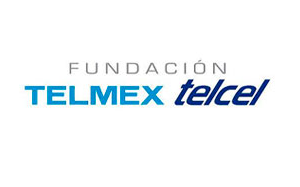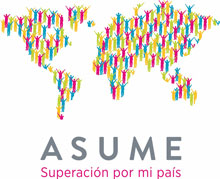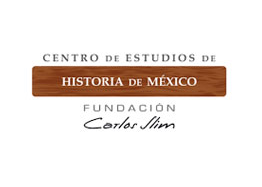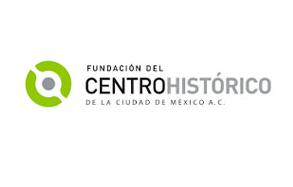World Polio Day
Thanks to international support to combat a disease that caused a great damage to humankind for thousands of years, today 99.9 percent of people in the world have not suffered poliomyelitis (polio).
For this new generation, immersed in medical and technological advances, this terrible disease that harmed the health and welfare of mankind is a matter of the past. However, only 25 years ago, the Americas Region was the first in the world declared polio free. The last case in the region was reported on August 23rd 1991 in Peru.
The Pan American Health Organization of the World Health Organization (PAHO/WHO) informed that nearly 6,000 cases of polio were reported in the region in 1975, and by 1991 the last 6 cases were detected. Since then, there have not been more paralyzed children as a result of polio in the Americas.
Learn more: Polio campaign is intensified
Daniel Elicetche, president of the Rotary Leadership Institute for Argentina, Paraguay and Uruguay, spoke of Dr. Carlos Canseco and his role in the eradication polio: In 1985 “the Mexican doctor became president of Rotary International; and as he was acquaintance of Albert Sabin, who developed the oral vaccine against poliomyelitis, they began working on a vaccination campaign to control the disease. In 1985, polio was endemic in 125 countries and 1,000 cases were detected per day. The situation was terrible, as the disease killed children or caused serious disabilities.”
The efforts of PAHO-supported countries to vaccinate children and maintain high vaccination coverage, as well as ensuring continued surveillance to early detect any outbreak of virus, have been the key measures for the eradication of the disease and for maintaining the region free of it.
Learn more: A world free of diseases
Cuauhtemoc Ruiz Matus, head of PAHO/WHO’s Expanded Program on Immunization, said that “thanks to the great commitment and hard work of the countries of the American continent, of their health workers, donors and volunteers, polio is now a fear of past to the fathers of our region.” Ruiz Matus added: Continuing to vaccinating is critical to eradicate polio in the world, something that we have been working for 30 years.
The World against Polio
30 years ago, more than 350 thousand cases of wild polio virus were registered annually, an amount that was reduced to only 359 in 2014 and 51 in 2015. This is the lowest number ever recorded, implying a reduction of 99.9 percent. Without any doubt, this is a very significant advance.
Earlier this year, international agencies fighting this disease believed that efforts to eradicate polio would be consolidated in the next 12 months. However, new outbreaks reported in Nigeria alerted on a possible wave of cases in the African continent. In 2014 Nigeria had been declared free of polio.
Learn more: Efforts are reinforced to face new outbreaks of polio in Africa
One of the global leading players in the fight against polio is the Bill & Melinda Gates Foundation, which along with Carlos Slim Foundation (CSF) work in the Global Polio Eradication Initiative (GPEI). Under this new scenario on the African continent, Bill Gates estimates that eradication will take until 2020.
CSF’s contribution of has allowed the purchase of more than 260 million polio vaccines for the benefit of children in 21 African countries.
The GPEI, described by the World Health Organization as the largest public health initiative in history, has developed a strategic plan for the eradication of polio in 6 years.
The 2013-2018 Strategic Plan for polio eradication is led by the World Health Organization (WHO), the United Nations Children’s Fund (UNICEF), Rotary International and the U.S. Centers for Disease Control and Prevention (CDC); in broad consultation with governments of several countries, donors, vaccine manufacturers, regulatory agencies and national and international advisory bodies.
Currently only three countries in the world continue reporting cases of polio: Afghanistan, Pakistan and Nigeria.
Poliomyelitis and its symptoms
Polio is a highly contagious disease caused by a virus that invades the nervous system and can cause paralysis within hours. The virus is transmitted from person to person, primarily by fecal-oral rout or, less commonly, through a common vehicle, such as water or contaminated food. Once in the host, the virus multiplies in the intestine.
Initial symptoms are fever, fatigue, headache, vomiting, neck stiffness and pain in the limbs. One in 200 infections leads to irreversible paralysis (usually in the legs), and 5% to 10% of these cases die from paralysis of respiratory muscles.









